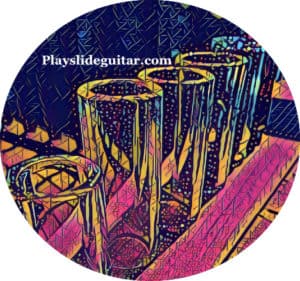As an Amazon Associate Playslideguitar.com earns from qualifying purchases. This page contains affiliate links.
When something captures our attention, it can seemingly draw us into a new state of being. The world around us can melt away, as a feeling comes over us that is mysterious, yet warm and familiar. If goosebumps could explain what was happening, then you’d be one step closer to having an answer to it, but you quickly realize that you don’t really want an answer. In fact, you really don’t want it to end…
Why are such moments so fleeting? Where would we be if we could explain such things, and get to the essence of their depth?
The language of the soul has an uncanny way of enchanting our hearts, and taking us to places where these questions arise and we find ourselves in the deep mysteries of life. We all remember the first time we heard music that captivated our hearts, producing the purest emotion we could ever hope to feel.
Although some questions are best left unanswered, there is a clue to this depth of feeling, and its in the form of a sound that continues to allure listeners to this day: the slide guitar.
The Attractive Sound
Often called bottleneck guitar, using a slide to play notes on the guitar has an indescribable sound that hooks listeners. Although musicians like Blind Willie Johnson, Tampa Red, and Elmore James may not be household names, their slide playing has had a powerful effect on bands like the Allman Brothers Band and the Rolling Stones – and players to this day continue to bring a modern perspective to its sound.

Slide guitar is so emotive and full of life that it is a wonder why every guitarist doesn’t adapt their playing around this technique of expression. But perhaps this is where the mystery of slide guitar begins.
The story of slide guitar has deep roots, and the adventure of this enticing sound really sets in when we go back to Hawaii in the late 1800s…
Origins in Hawaiian Steel Guitar
When Joseph Kekuku, a Hawaiian native, decided to place objects like metal bars across the strings of a guitar around 1893, it is easy to wonder if he had any idea that he was going to change music forever. Producing some of the first sounds of steel guitar, he had created a sound that has resonated with listeners to this day.
The sound found its place by way of a “Hawaiian craze” that engulfed America in the early 1900s, where Hawaiian music became phenomenally popular, which seems like an obscure fact on the peripherals of most people’s minds nowadays. But if you really reflect on it, it is amazing to think that you can find quotes from figures like Mark Twain where the affects of Hawaiian music are discussed: Hawaiian music took the world by storm.
However, the divergence of bottleneck slide guitar is equally as fascinating, as the sounds Kekuku made in Hawaii found its way into Mississippi Delta blues.
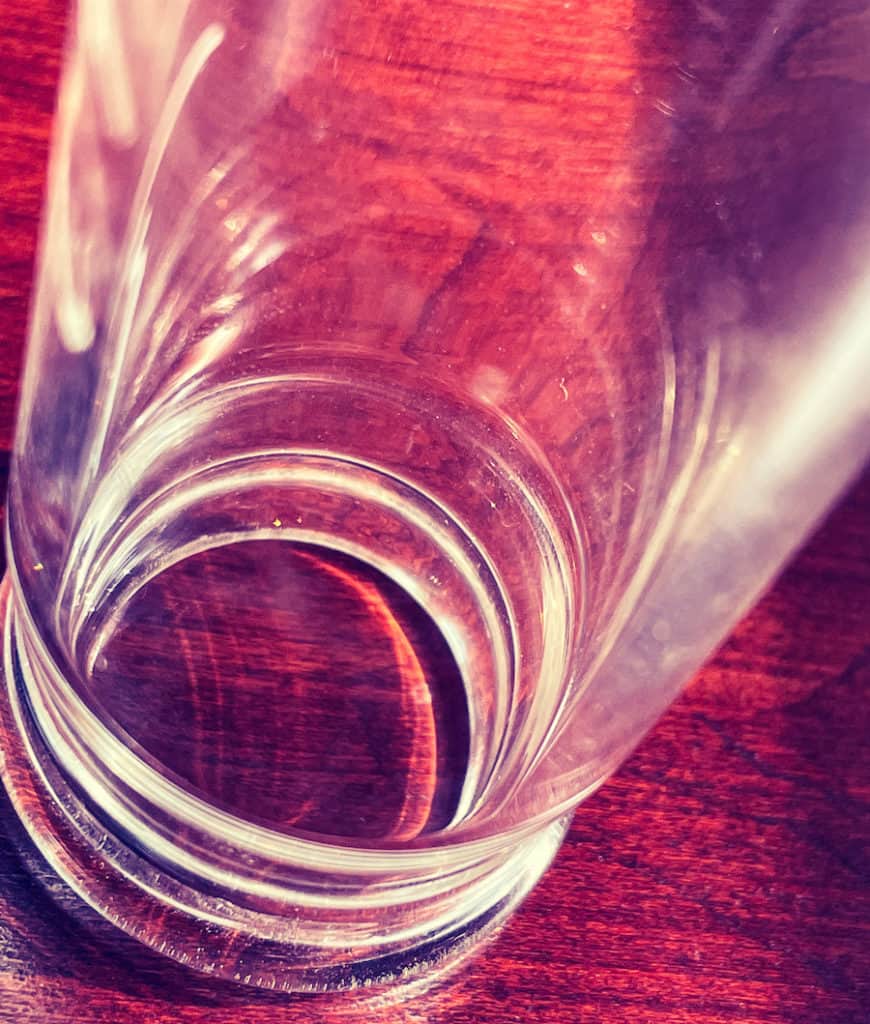
Its Place in the Delta: With The Blues
Hawaiian steel guitarists usually rested their guitars flat on their laps as they played, and raised the action of the strings to produce a fretless approach to playing. Using a steel bar that moved freely along the strings (instead of in designated fret areas where guitarists place their fingers) created a type of expression and sound that was one-of-a-kind.
But when this technique of playing spread in the South, the approach was mostly used on a guitar in its upright position, like we most commonly see guitar played nowadays. Oftentimes, the guitar’s action was raised by placing a penny underneath the strings.
The guitar as an instrument was growing in use by Southern blacks, and the Hawaiian technique entwined itself in the blues – with character and a life of its own. It is from here that bottleneck guitar never looked back, and its intriguing sounds and musical textures evolved seamlessly into music forever…
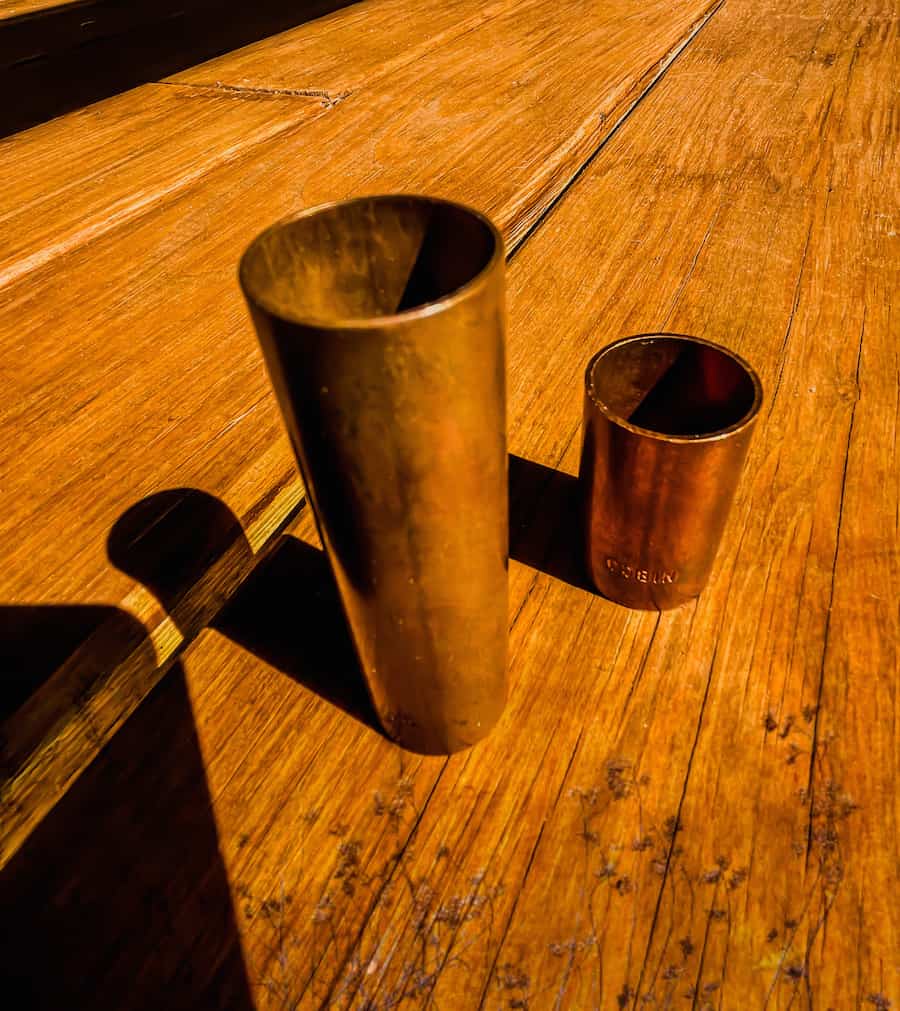
Expression and Style
In the beginning stages of bottleneck guitar within blues music, usually a pocketknife was used to create the sliding effects on the strings. The effects of this technique undoubtedly caught the ears of musicians and listeners, especially the vocal-like qualities of the sound.
The authentic resemblance to singing, which a slide could make with the notes, lent itself well to call and response phrasings between vocals and guitar. The technique also gave a player more freedom to play higher on the fretboard of the guitar – reaching the 12th fret and beyond, which really created a timbre close to a singer’s voice.
Filling the Spaces and Riffs
The fills and riffs that bottleneck guitar used to supplement vocals was innovative for blues guitar. Up until then, guitar playing at dance perfomances would usually use strumming as a technique to emphasize the guitar at certain points in the music.
However, with the advent of slide techniques, guitar riffing within blues playing became more prominent. Ironically, it is possible that the guitar licks and fills that we love and associate so much with blues playing were derived from bottleneck guitar.

Open Tunings
Like their Hawaiian steel guitar counterparts, bottleneck guitarists mostly employed open tunings on the guitar when they played. Common tunings were open A or G, which were often referred to as the Spanish tuning, and open E or D.
To this day, open tunings are often used for slide guitar, and slide possibilities are also utilized within the guitar’s standard tuning. Many classic bottleneck tunes will make use of open tunings, and notable slide guitarists such as Duane Allman and Derek Trucks were pioneers in moving the Open E tuning forward through the late 60s and into more modern music.
Encouraging for Beginners
Although slide guitar is often thought of as a challenging technique to learn nowadays, paradoxically the spread of it among players in the early 1900s was enhanced by its relative ease for beginners.
Any guitar player knows that during the early stages of playing, callouses are certainly a result of practicing and learning. However, with bottleneck guitar the left hand isn’t always required for fretting notes, which can actually make the physical dexterity of fretting the notes obsolete.
Like the diddley bow, which was a common children’s instrument during this era, the slide lends itself well to single string uses and so much expression can be created within a simple framework. In the earlier stages of bottleneck blues guitar, when a pocketknife was used against the strings, there were more limited capabilities for playing multiple strings at the same time.
As glass and other types of metal bars gained foothold, the technical ability to play string groupings really opened up for players. Plus, the use of glass has certainly created a sound that is identifiable to this day – there is nothing like the silky and warm sound of a glass slide played on an electric guitar through a tube amp.

Vibrato: Truly Singing
Undoubtedly, vibrato is one of the most characteristic parts of the slide guitar’s sound. By moving the slide back and forth to a certain degree and rate, the sound that is created has more vibrancy and fluidity than a note that is unaffected.
Like a singer often does with their voice, vibrato adds an exciting, yet graceful quality to the sound emitted from the guitar, and is one of the key ingredients to adding spice to the music.
In the early days of blues and bottleneck guitar, guitar amplification wasn’t available, and the ability for a slide to project volume on the guitar was beneficial to growing the bottleneck technique’s popularity, as it could more easily compete dynamically with other instruments in the band.
To this day, the ability of slides to create vibrato at higher timbres on the guitar with a dynamic presence, creates a characteristic sound that resonates with listeners.
The Tools of the Trade
As bottleneck blues players became more adept in their playing, the evolution of the types of slides used was inevitable. At first, finding anything that could produce the technique and sound that came from Hawaii was probably a priority.
Using portions of glass from bottles, as well as parts of metal pipes, eventually became a common way to create a slide that could essentially attach to the finger and provide mobility along the neck. Players seeking a glass slide would sometimes melt the ends of the glass sections of bottles in a flame to smooth them out.
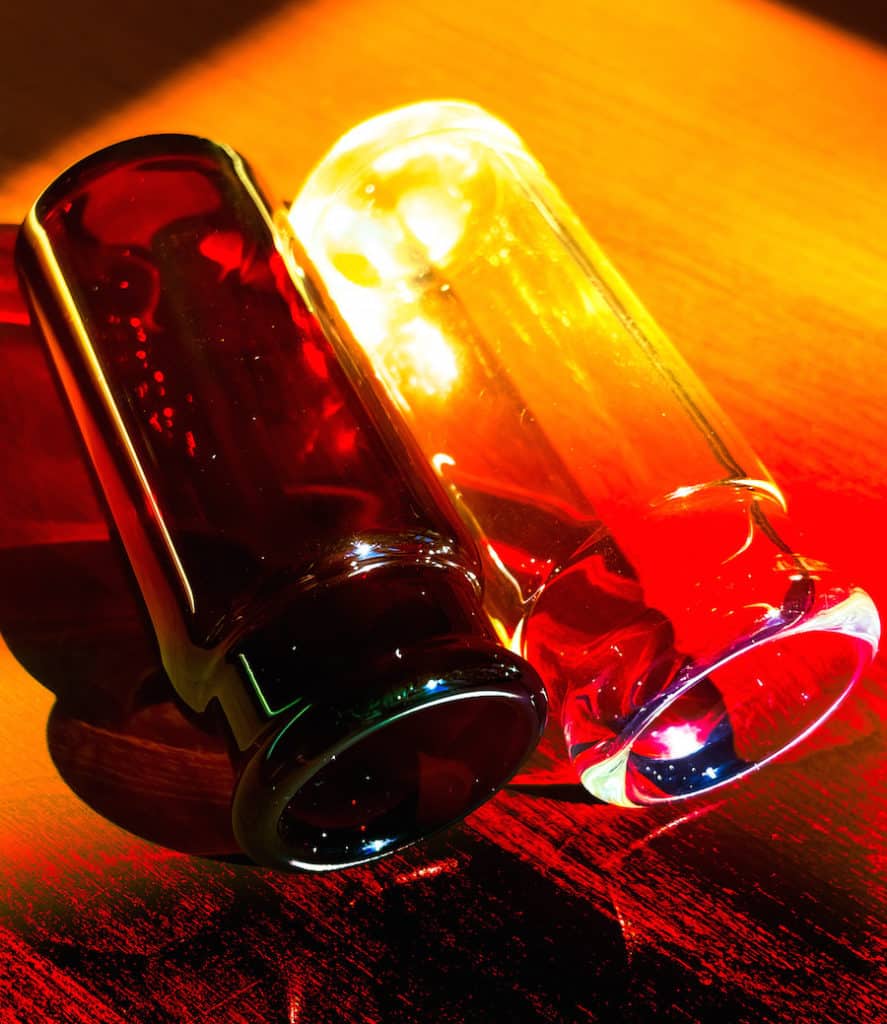
Imagining early bottleneck players doing this, and developing their musical craft, is a great way to gain insight into the depth of feeling that these musicians evoked when they played with a slide, and how down-to-earth this art really is.
Developing A Voice: Early Pioneers for Bottleneck Playing
As the early days of bottleneck guitar progressed, remarkable and memorable players emerged. Like many traditions, these artists’ styles and playing paved paths that are worth discovering and exploring, whether you are a listener or player alike.
Although each of these artists truly deserve an in-depth look by way of books and documentaries, here’s a short list of slide players from the earlier days of bottleneck techniques that are worth checking out:
Blind Willie Johnson, Tampa Red, Charlie Patton, Booker White, Robert Johnson, Blind Willie McTell, Reverend Edward Claiborn, Son House, Blind Boy Fuller, Bo Weavil Jackson, Barbecue Bob, Blind Joe Reynolds, Fred McDowell, Leadbelly, Oscar Woods, Ramblin’ Thomas, King Solomon Hill, Earl Hooker, Snoozer Quinn, Elmore James, Robert Nighthawk, and Muddy Waters.
Moving Forward: The 1960s and Beyond
To say these earlier bottleneck guitar players were influential to rock music feels like an understatement: some would argue that they played more of a pivotal role in developing a lot of music.
Some younger white guitarists were attracted to the sounds of slide that these players had become adept at creating with, and couldn’t help but want to find a similar avenue of expression.
Here we begin to see groups and musicians like the Rolling Stones, the Paul Butterfield Blues Band, Ry Cooder, Duane Allman, Lowell George, and many more utilizing the effects of slide guitar to add a noticeable affect to their music. The slide guitar didn’t just find its way into the hands of these players, it began to find its place in recordings and sessions from notable music of this new era.
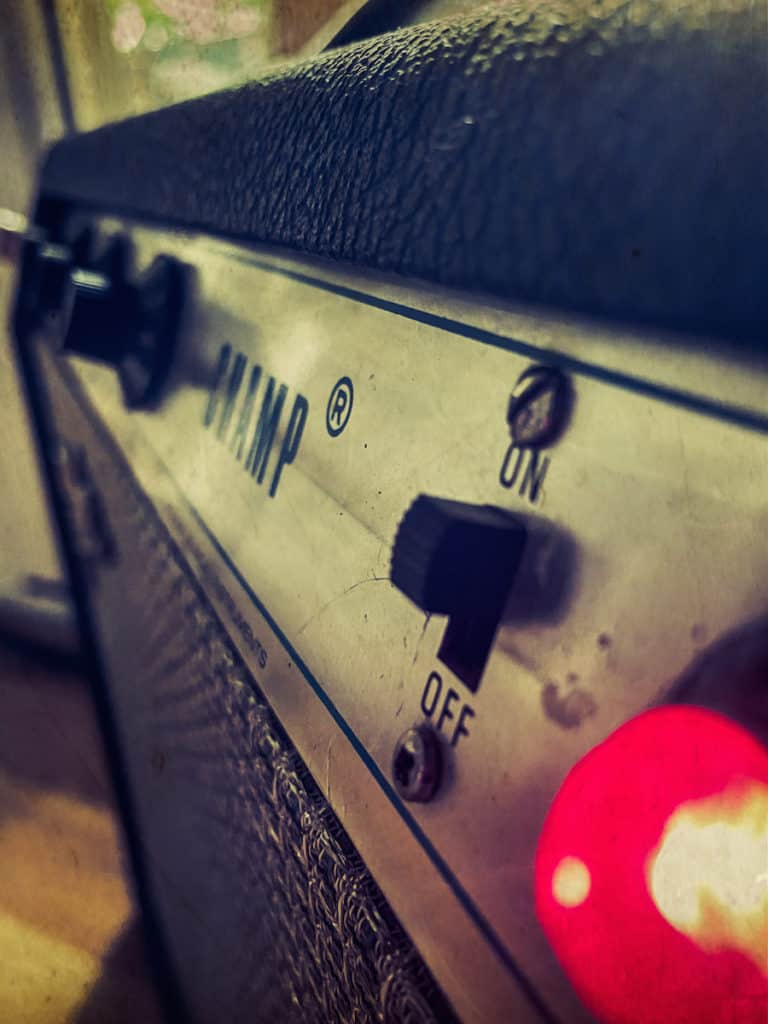
Listening to Ry Cooder add slide guitar to some of Taj Mahal’s self-titled album is a real treat, and many have heard the impactful playing of Duane Allman’s slide on Live at The Fillmore East. As slide guitar continued to gain a foothold in rock music, often with the use of electric guitar, it spurred even more avenues of music where the slide guitar could be heard.
Here’s a short list of more players that shaped their sound from the use of a slide: Sonny Landreth, Mick Taylor, Johnny Winter, Bonnie Raitt, Duane Allman, Lowell George, David Lindley, Robby Krieger, Mike Bloomfield, Ry Cooder and more.
More Vehicles for Slide Guitar
Resonator Guitars and Dobros
As slide playing gained popularity in its earlier days, the emergence of resonator guitars gave players a new means for expression. Resonator guitars offer a projected sound through the instrument’s aluminum cone, which has a distinct sound that has also found a home in bluegrass music.
Many resonator guitars (sometimes referred to as dobros) are played flat on the lap with a bar or slide, while the upright style of playing is also a fixture for the instrument. Squareneck resonator guitars feature a neck that makes playing the guitar on the lap more comfortable and practical, usually having raised strings that essentially make the instrument fretless for playing.
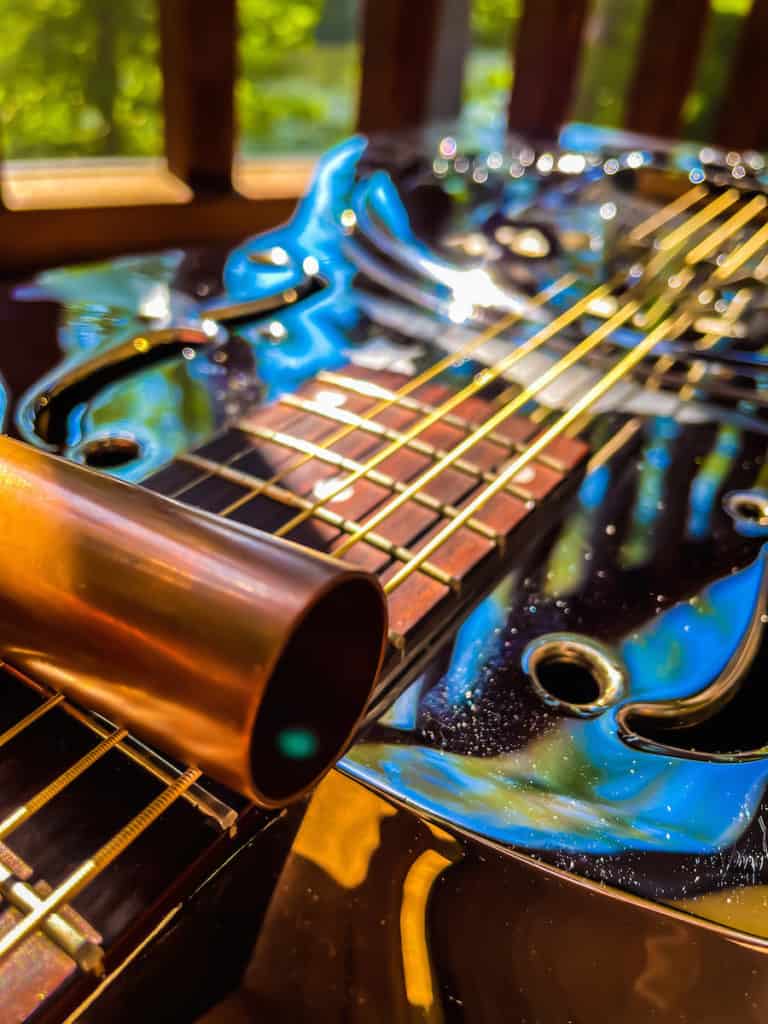
Bottleneck players such as Tampa Red and Son House employed a resonator guitar on some of their tunes, and modern musicians like Jerry Douglas and Rob Ickes have carved out amazing careers primarily through the playing of resonator guitars.
Lap Steels and Pedal Steels
As Hawaiian steel guitar followed a different path through time than bottleneck guitar, neither truly left their roots from a technique and sound standpoint. The birth and adaptation of so much slide playing has always been entwined with the original sounds of steel guitar that emerged from Hawaii in the late 1800s.
However, there is a clear divergence when steel guitar found its way into country and western music. Here we see the lap steel guitar and pedal steel guitar (which evolved from the lap steel) contribute heavily to these forms of music, with pedal steel becoming an iconic part of country music’s sound.
Ironically, both lap steels and pedal steels offer the means for slide expression, as using a bar to create the sounds was a catalyst for slide guitar in the first place. Nowadays, pedal steel guitar adds its sound to countless recordings and music, and is a great channel for slide articulation, even if it isn’t commonly used as such.

Percussive Implications: Rhythmic and Melodic Interplay
Bottleneck guitar’s subtleties with expression are not only emotive from a melodic standpoint, but it also thrives from being percussive. Many slide guitar players, classic and modern alike, take advantage of open tunings’ lower notes to create bass notes and chords that are interspersed with melodic riffs and accents.
The interplay between these two can produce a full and dynamic sound, thus making it a great vehicle for solo playing, as many early bottleneck pioneers discovered. Listening to Tampa Red play “You Got To Reap What You Sow,” and other similar offerings by earlier players, quickly yields an understanding of just how much depth and flexibility that the rhythmic and melodic elements of bottleneck guitar offer.
The feel and timing of bottleneck guitar are undoubtedly enhanced from the timbre and technique of playing with a slide, and perhaps this is one of the main things that draws listeners in as they hear it. The flexibility of its sound, style of playing, and sustain create one of the most passionate forms of expression on guitar.
Even a one chord song, which was more common in the early days of bottleneck guitar, has enough depth to hook a listener with subtle nuances and phrasings. Street musicians of early bottleneck blues certainly took advantage of this, and anyone that heard this sound probably couldn’t help but become intrigued or curious as to what they were hearing.
Creating Sound Effects: The Echoes of Life
The emotive abilities of slide guitar are undeniable, and even more possibilities are added when a player begins to adapt sounds to the environment around them. Classic and modern players have gained the ability to create sounds that mimic train whistles, bells, birds, screams, howls, and more life-like effects.
Slide guitar’s tonal affluence also offers a great range of textural and ambient opportunities within music. With its flexibility of sound and sustain, slide guitar has an amazing ability to shape and build effects.
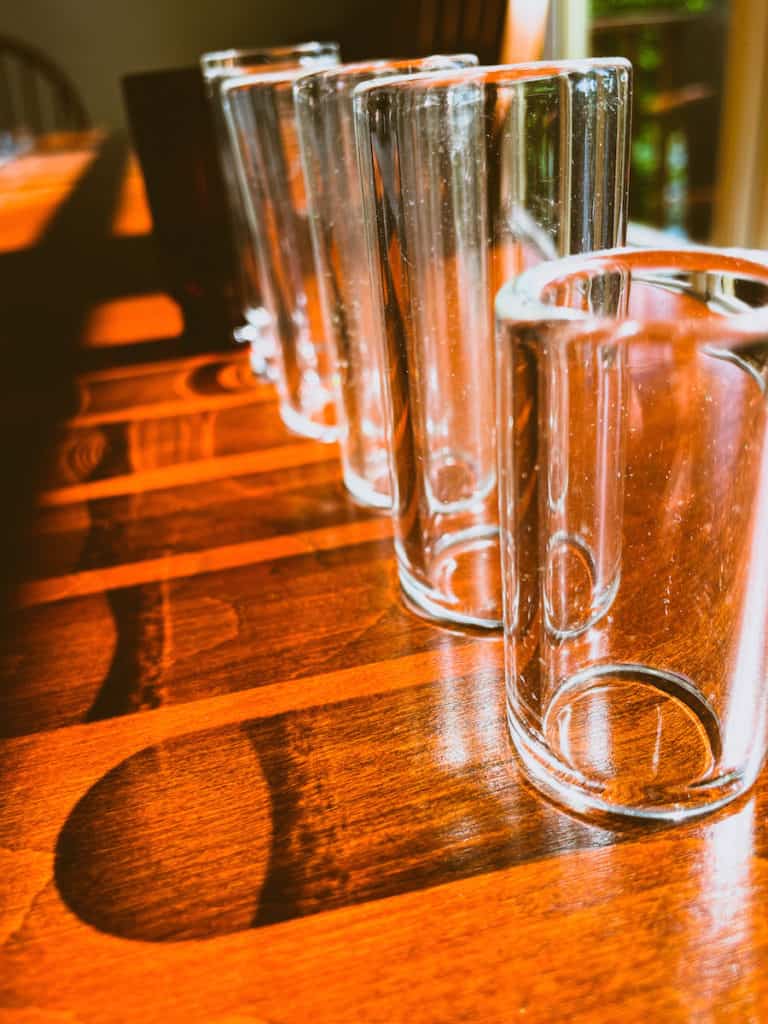
Modern Slide Guitar: Players and Sound
As the slide continues to voice itself in music, one can’t help but wonder where the slide guitar will take listeners next. Only the future will tell, but one thing’s for certain: it will continue on in the hands of players.
Many modern slide guitarists use the slide in fresh and innovative ways, and players like Derek Trucks have really opened up innumerable doors for the slide. Not only is it exciting to see this niche type of playing move forward, but it is equally enthralling to see how it branches out as it grows.
Music seems to have limitless paths and creative outlets, and slide guitar is an avenue that also has much to be explored. Here’s a list of current and more modern players, who have a keen sense for playing slide guitar and moving the sound forward in music:
Derek Trucks, Warren Haynes, Mark Knopfler, Kaki King, Ben Harper, Jack White, Debashish Bhattacharya, Jerry Douglas, Cindy Cashdollar, Luther Dickinson, Jason Isbell, Dan Auerbach, Harry Manx, and more.
The Mystery Unfolds
Listeners and players alike have always had a captivation with the sounds of slide guitar, and this will likely never change.
Is it the slide’s voice-like tonalities that catch a listener’s ear? Its percussive elements that project themselves into the soul?
Or is it just part of a mysterious sound from Hawaii that continues to resonate through time, sparking listeners’ emotions with feeling and a depth of sound?
The sound of slide guitar feels timeless, and perhaps this is the appeal of it. Oddly enough, only time will tell how slide guitar moves forward in music, but it will certainly continue to transport listeners to new musical heights.
Check out the page below for more about slide guitar…
7 Slide Guitar Albums That Shaped Rock and Roll: The 1960s & 1970s
